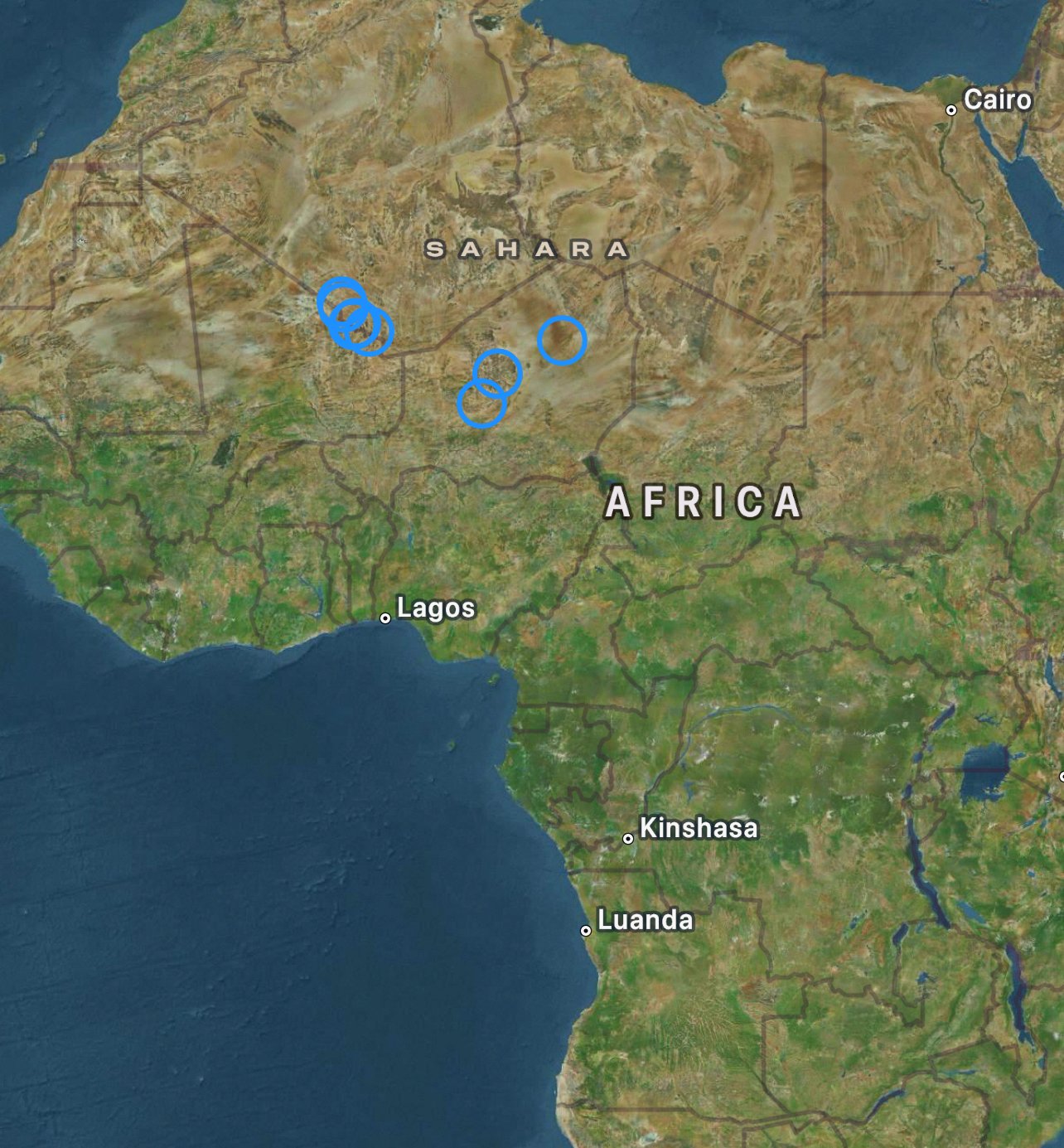
UROMASTYX
HUSBANDRY GUIDE
NATURAL HISTORY: Uromastyxs across habitats
Uromastyx includes many beautiful sub-species that live in different environments. This gives owners a chance to learn about their pets’ natural habitats to meet their needs better in captivity. Generally, Uromastyx are desert reptiles, but each type may be adapted to different climate conditions. For instance, Uromastyx Ornata and Uromastyx Yemenensis come from coastal deserts that can experience humidity spikes in the +60s with U. Yemenensis experiencing humidity spikes in the +80s. This suggests they may do well with added humidity in captivity.
This guide will focus on the main subspecies kept in captivity, as well as a few uncommon species that I work with/keep. These subspecies are Ornata (Ornate), Geryi (Most commonly kept), Yemenensis (uncommon), and Flavifasciata (uncommon).
NATURAL HISTORY: Ornata (Ornate)
The Middle East, including the Sinai Peninsula, the Negev desert, and nearby areas are the main places U. Ornata calls home. The blue markers and circles in the map tag sightings of U. Ornata in their native habitats. In general, their range is coastal with sparse vegetation and rocky/sandy mountainous terrain.
In nature, Ornates are most active from March to May. Near the coast, the weather in that time window is the middle/end of rainy session, experiencing a whopping 1/8 inch on average. Median high temperatures range from 78.8°F - 96.8°F, with low temperatures ranging from 50°F - 80°F. Further inland, rainfall ranges almost 3/4 inch, with temperatures between 42°F - 80°F. High activity in this window can likely be attributed to the mating season. Top yearly temperatures hit +104F near the coastal areas.
Ornatas are borrowing animals, digging tunnels over 3 feet deep. Humidity in their tunnels can range from 30 - 60% plus. Tunnels are used as shelter, for sleeping, laying eggs, and more. Average humidity outside of their burrow ranges 31 - 52%.
Plants found in their range include a variety of species like Fagonia Bruguieri, Launaea Mucronata, and many others. Tip: If U. Ornata is your dream species, research plants native to their range and add them to your home garden.
NATURAL HISTORY: Geyri
U. Geyri is the most common uromastyx species in the reptile hobby, primarily because they are often caught in the wild, imported, and sold. This does not make them less important than other uromastyx subspecies; it simply means they are more available. Around 90% of Geyri for sale are wild-caught and may suffer from stress and illness due to importation. Many reptile keepers, especially beginners, may not be able to care for a wild-caught animal properly. Geyri are native to Niger, Algeria, and Mali in Africa. Unlike Ornate and Yemenensis, Geyri is a landlocked subspecies. They thrive in temperatures ranging from 60°F to 106°F. The rainy season lasts from May to September, with about 7 inches of rain on the wettest days and an average of 17 days of rain per year. Humidity averages 24%, reaching a maximum of 49% during the rainy season, suggesting that Geyri may need less humidity than some coastal species.
NATURAL HISTORY: Yemenensis
Yemenensis are from Yemen. They mainly live in coastal areas like Aden and towns by the Red Sea, as well as inland cities like Taizz and Sana’a. Yemen is struggling with civil wars, bombings by the U.S., and humanitarian problems. Average temperatures are between 36°F and 85°F, with seaside humidity at 40-75%. In Sana’a, the humidity is 25-45%. On average, their habitat area receives 20-45 days of rain each year. Overall, their conditions, while dry, are much wetter and a bit cooler in temperature than Ornata and Geyri.











